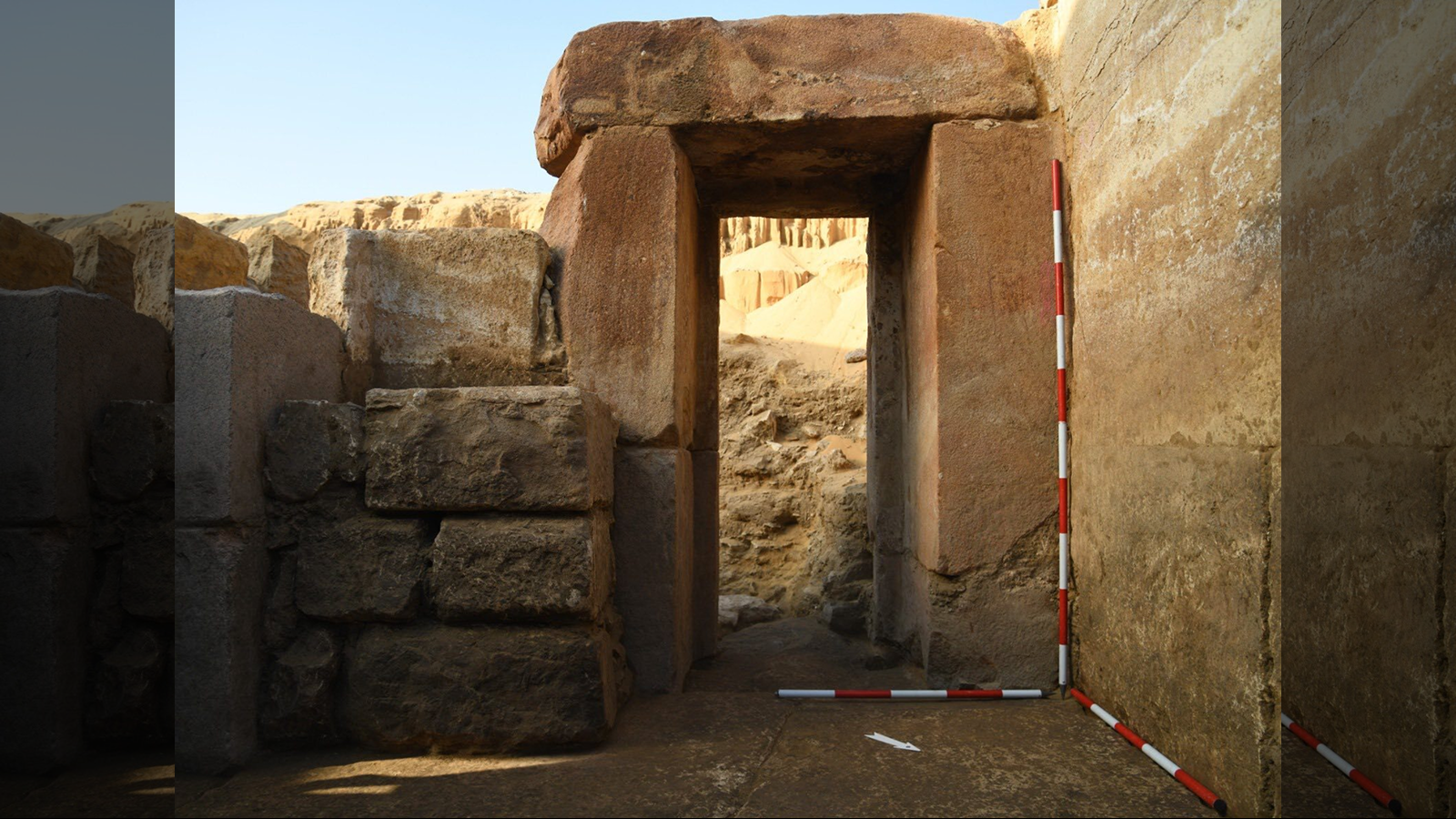Explorers find Cold War-era submarine wreck off the coast of Oahu

A team of explorers have found the wreck of a United States Navy submarine that sank more than 60 years ago in deep water near the Hawaiian island of Oahu.
USS Stickleback, a Balao-class submarine with the hull number SS-415, sank on May 28, 1958, after an accidental collision with another U.S. Navy ship, the USS Silverstein. Both the Stickleback and the Silverstein were taking part in an antisubmarine warfare exercise at the time.
The Stickleback is the sixth submarine wreck found by the Lost 52 Project, a private group based in New York that hopes to find all 52 of the missing U.S. submarines that sank during World War II, and all four U.S. submarines that sank during the Cold War.
The wreck of the Stickleback was found resting on the seafloor under about 11,000 feet (3,350 meters) of water, according to a statement from Lost 52 Project founder Tim Taylor. The wreckage was near the location of the collision, about 19 miles (30 kilometers) from Barbers Point on Oahu, according to the Naval History and Heritage Command (NHHC) of the U.S. Navy.
Related: Photos: WWI-Era German Submarine Wreck Discovered Off Scotland Coast
Submarine sinking
USS Stickleback was commissioned in 1945, toward the end of World War II, and had been on patrol in the Sea of Japan for only a few days when the ceasefire with Japan was agreed.
The submarine was decommissioned in June 1946 and attached to the Pacific Reserve Fleet for five years. It was recommissioned in 1951 after the start of the Korean War, and from 1953 it was stationed at Pearl Harbor in Hawaii. In May 1958, the Stickleback took part in a naval war exercise near Oahu. The submarine had just completed a simulated torpedo run on USS Silverstein when it suddenly lost power and sank uncontrollably to a depth of nearly 800 feet (244 m), according to the NHHC.
Get the world’s most fascinating discoveries delivered straight to your inbox.
Related: Photos: WWII Shipwrecks Found Off NC Coast
The Stickleback's crew dumped compressed air into the submarine's ballast tanks until the vessel rose again and breached the surface — but now it was only 200 yards (180 m) ahead of the approaching Silverstein.The Silverstein tried to avoid the Stickleback by reversing its engines and steering hard left, but the vessels collided and the submarine suffered a devastating hole on its left side.
Luckily, the entire crew of the Stickleback escaped onto the Silverstein and other ships nearby, and everyone survived. Navy ships tried to keep the Stickleback on the surface by passing cables under it, but the submarine flooded with water and sank after several hours.
Robert Neyland, the head of underwater archaeology for the NHHC, said the Lost 52 Project knew the general location of where the Stickleback sank in 1958, but they had to search the surrounding seafloor to find the wreck. "Sometimes those positions aren't entirely accurate … especially when things are happening rapidly, people can make mistakes with numbers," Neyland told Live Science.
Historic wreck
Sonar scans show the Stickleback is now broken in half, with its bow and stern sections lying on the seafloor almost 1,000 ft (300 m) apart. The search for the wreck was carried out first by an autonomous underwater vehicle (AUV), which is equipped with sonar equipment to scan the seafloor. Target sites revealed by the AUV were then investigated with a tethered remotely operated vehicle (ROV), which can send back live video to the search ship on the surface, according to the National Oceanic and Atmospheric Administration.
Related: Sunken Treasures: The Curious Science of 7 Famous Shipwrecks
Underwater video and a detailed 3D image of the wreck compiled from multiple photographs show that the wreck is in good condition, probably as a result of its great depth, Neyland said. "You can read the name, you can see the hull numbers, that's remarkable — you wouldn't have that kind of preservation in shallow water," he said.
The U.S. Navy remains the owner and manager of all its sunken warships and aircraft, but the vast number of wrecks means the NHHC isn't able to keep a close watch on all of them: "Our books are pretty full," Neyland said.
Some of the wrecks need environmental management, or could reveal details that explain why the vessel sank, while many others are war graves that contain the remains of people who died on them, he said. That means that private efforts to find naval wrecks, like the Lost 52 Project and similar work by the late Paul Allen's Vulcan Inc. on the R/V Petrel, are especially important.
"This is a great help," Neyland said. "It's something that we would do as time and resources allow, but I don't know when we would have gotten to looking for Stickleback or many of these other submarines."
- Mayday! 17 Mysterious Shipwrecks You Can See on Google Earth
- Image Gallery: Stunning Shots of the Titanic Shipwreck
- In Photos: WWII-Era Shipwrecks Illegally Plundered in Java Sea
Originally published on Live Science.
Tom Metcalfe is a freelance journalist and regular Live Science contributor who is based in London in the United Kingdom. Tom writes mainly about science, space, archaeology, the Earth and the oceans. He has also written for the BBC, NBC News, National Geographic, Scientific American, Air & Space, and many others.



